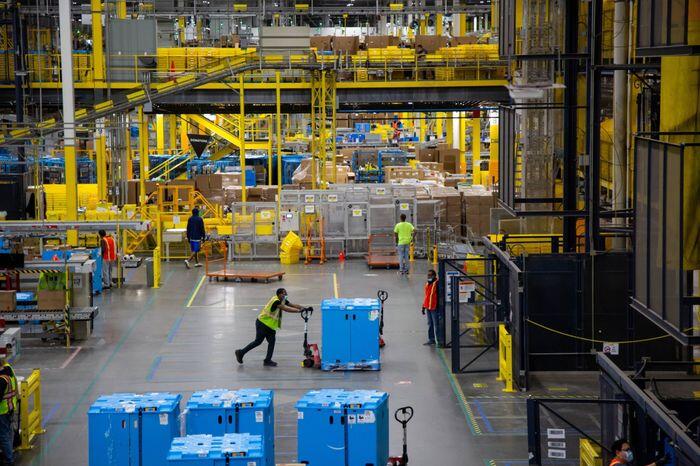Dec 14,2023
In today's e-commerce landscape, the prospect of launching an Amazon Store stands as an enticing avenue for aspiring entrepreneurs. However, before delving into the realm of online retail, understanding the multifaceted expenses involved is imperative.

Initial Investment
The Amazon Store initiation encompasses various costs, primarily divided into initial and ongoing expenses. The initial investment is the foundational cornerstone dictating the store's trajectory.Amazon Seller Account
An indispensable prerequisite is a valid Amazon Seller Account. This initial setup varies between two primary subscription models: the Individual Plan and the Professional Plan. The Individual Plan imposes no monthly fee but entails a fixed cost for each sale, while the Professional Plan demands a monthly subscription fee but offers lower selling fees. Each model caters to distinct business scales, where Individual Plans suit small-scale operations, whereas Professional Plans cater to burgeoning enterprises.Product Sourcing and Inventory
Procuring an inventory aligning with your store's niche constitutes another substantial expense. The costs incurred depend on various factors such as product type, quantity, sourcing methods, and shipment expenses. This expense extends to storage facilities or third-party services if opting for Amazon FBA (Fulfillment by Amazon) to streamline the logistics process.Branding and Marketing
Crafting an impactful brand identity involves expenses related to logo creation, website design, and packaging material. Simultaneously, allocating funds for marketing endeavors is pivotal to augment visibility and customer engagement. This encompasses diverse strategies encompassing social media marketing, pay-per-click advertising, and influencer collaborations.Ongoing Operational Costs
Beyond the initial setup, sustaining an Amazon Store encompasses ongoing operational expenses pivotal for consistent functionality and growth.Amazon Seller Fees
Apart from the subscription fees, Amazon levies additional charges like referral fees, fulfillment fees (if utilizing FBA), and closing fees on certain categories. Calculating these fees is vital to ascertain profit margins and overall viability.Inventory Replenishment
Maintaining an optimal inventory level necessitates continuous investment. Balancing demand forecasting with restocking expenses is critical to ensure a seamless supply chain without overstocking or stockouts.Marketing and Advertising
The competitive landscape mandates continual investment in marketing and advertising initiatives to stay relevant and capture market share. A strategic allocation of funds across various channels ensures sustained visibility and customer acquisition.Additional Considerations
While the aforementioned costs encompass the primary expenses, auxiliary factors also contribute to the overall financial landscape of operating an Amazon Store.Professional Services
Seeking professional assistance, be it in the form of accounting services, legal counsel, or e-commerce consultants, incurs additional costs but often yields invaluable guidance and compliance assurance.Technology and Tools
Investing in technological tools, software, and analytics aids in optimizing store performance, enhancing customer experience, and streamlining operations. These tools range from inventory management software to customer relationship management (CRM) systems.Contingency Fund
Maintaining a contingency fund to cushion unforeseen expenses or market fluctuations is prudent. A financial buffer ensures resilience in navigating unforeseen challenges, safeguarding the store's sustainability.
Aspiring entrepreneurs embarking on the journey of establishing an Amazon Store must meticulously evaluate these expenses, craft a robust financial strategy, and embrace adaptability as a cornerstone for success in this dynamic digital marketplace.





